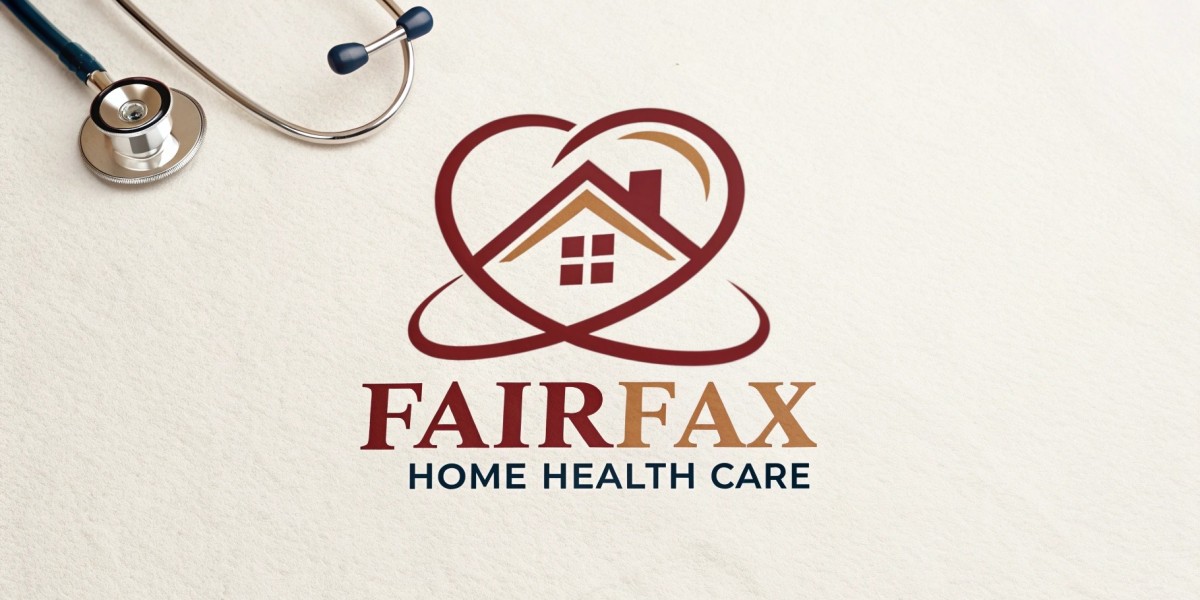Summary
Families often face uncertainty when choosing between medical-based support at home and non-medical assistance for daily living. This blog breaks down the differences clearly so you can make a confident, informed decision for your loved one.
-
Introduction
Choosing the right type of in-home support can feel overwhelming, especially when each option seems essential in different ways. Whether an individual is recovering after a hospital stay or simply needs help with everyday tasks, understanding the distinction between these services is the first step toward choosing what truly fits their needs.
Many families struggle with this decision because the line between health-related care and household support can appear blurred. Knowing what each service offers can make that decision far easier.
Understanding the Key Differences Between Home Health Support and Home Care
As families explore options in the Fairfax area, the range of services available becomes clearer. Medical-based care focuses on improving health outcomes at home, while lifestyle support centers around comfort, safety, and daily routines. This is also where Home Health care Fairfax becomes especially relevant for individuals needing structured medical attention under professional supervision.
What Home Health Care Includes
This type of support involves licensed professionals who provide skilled medical services within the home environment. It may include wound treatment, monitoring vital health changes, physical or occupational therapy, or medical evaluations. The focus is on promoting recovery, preventing complications, and helping individuals regain strength safely.
This choice is ideal when someone is transitioning from a hospital stay, recovering from surgery, or managing a condition that requires ongoing clinical monitoring. Families often prefer this option when they want consistent medical oversight without requiring an extended stay in a facility.
What Home Care Includes
Home care focuses on non-medical assistance that supports daily living. This may include help with bathing, meal preparation, mobility, light cleaning, and companionship. The goal is to make everyday routines easier and safer for individuals who want to remain comfortable at home.
This type of care works well for individuals who do not require medical supervision but need hands-on help with basic activities or household responsibilities. It’s also helpful for families who need additional support to relieve some of their daily caregiving duties.
Factors Families Should Consider
Before deciding between medical care and daily living support, families should look closely at the individual’s overall needs and the kind of help that will make the biggest difference at home. Understanding the primary challenge will point you toward the right level of care.
Type of Professional Involved
Home health brings licensed medical professionals into the home, while home care involves trained caregivers who specialize in non-medical assistance. Matching expertise to the individual’s needs ensures better outcomes.
Cost, Insurance, and Budget Planning
Home health services are often covered by insurance when medically necessary, while home care is typically out-of-pocket. Families should compare costs in advance and plan for long-term affordability.
Safety, Comfort, and Long-Term Stability
Consider whether the home environment is equipped for aging or recovery. Some individuals may only need short-term support, while others may benefit more from ongoing, structured assistance.
Flexibility and Availability of Services in the Fairfax Area
In Fairfax, availability can differ based on demand. Check whether providers offer customizable plans or the ability to increase or reduce hours as needs change.
How to Make the Best Choice for Your Family
Finding the right fit begins with understanding your loved one’s goals and daily challenges. From there, compare the type of care, schedule options, and level of expertise required.
Key steps to guide your decision:
- List the exact areas where support is needed
- Review recommendations from healthcare providers
- Ask agencies about training, supervision, and care plans
- Look for services that provide clear communication and transparency
- Consider whether medical or non-medical support fits the situation best
By taking time to evaluate these points, families can select services that bring comfort, stability, and confidence to their home environment.
Conclusion
Choosing between structured medical support and non-medical lifestyle assistance depends on the individual’s needs, goals, and long-term well-being. Families that thoughtfully compare their options are better prepared to ensure comfort and safety at home. Many also find that combining both services offers the ideal balance. When exploring options, Home Care Fairfax can be an important part of building a well-rounded support plan.
FAQs
Q1. What is the main difference between medical home support and non-medical home care?
A: Medical home support involves licensed professionals providing clinical services, while non-medical home care focuses on daily living assistance.
Q2. How do I know which service is right for my loved one?
A: Start by identifying whether the main need is medical oversight or help with daily routines. This will guide you toward the correct option.
Q3. Can both types of care be combined for more support?
A: Yes, many families benefit from combining both services to meet health needs and daily living challenges at the same time.








